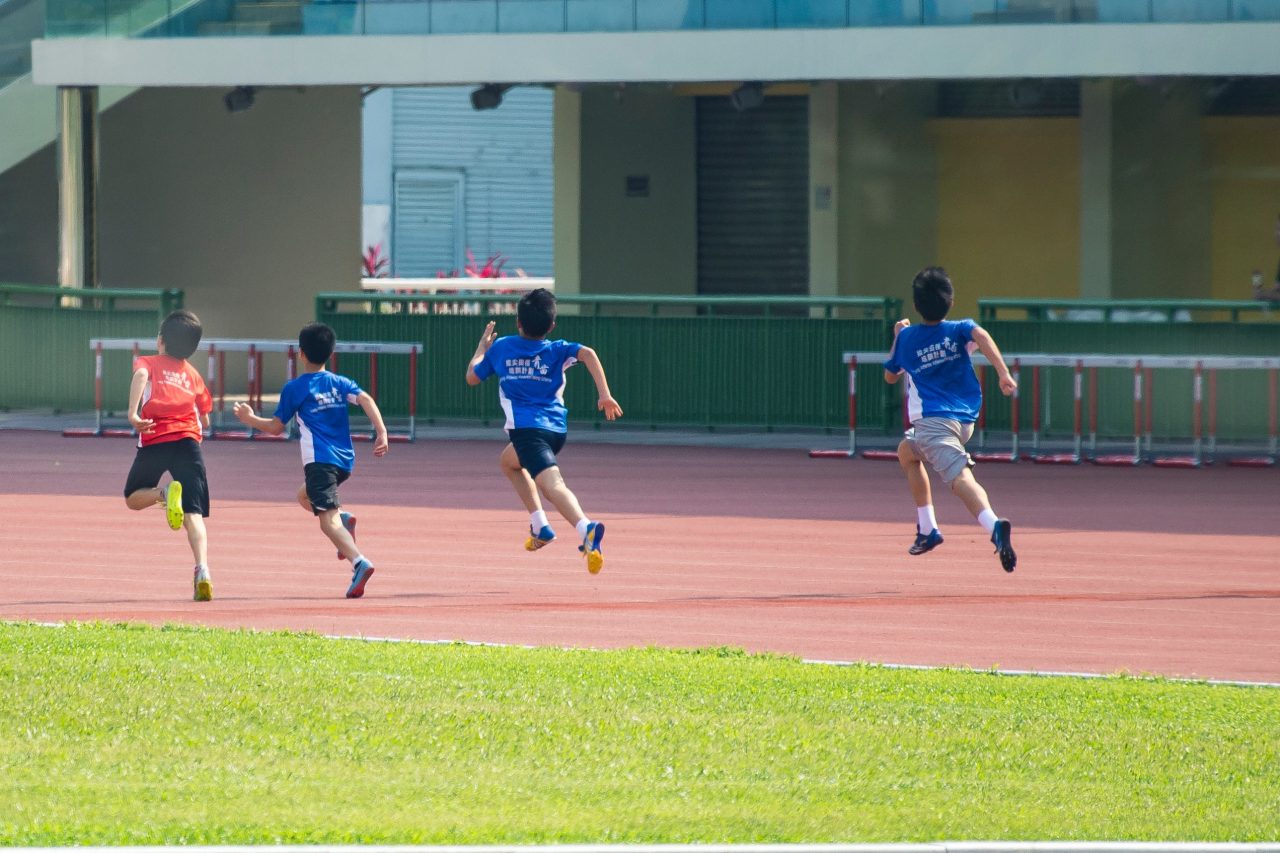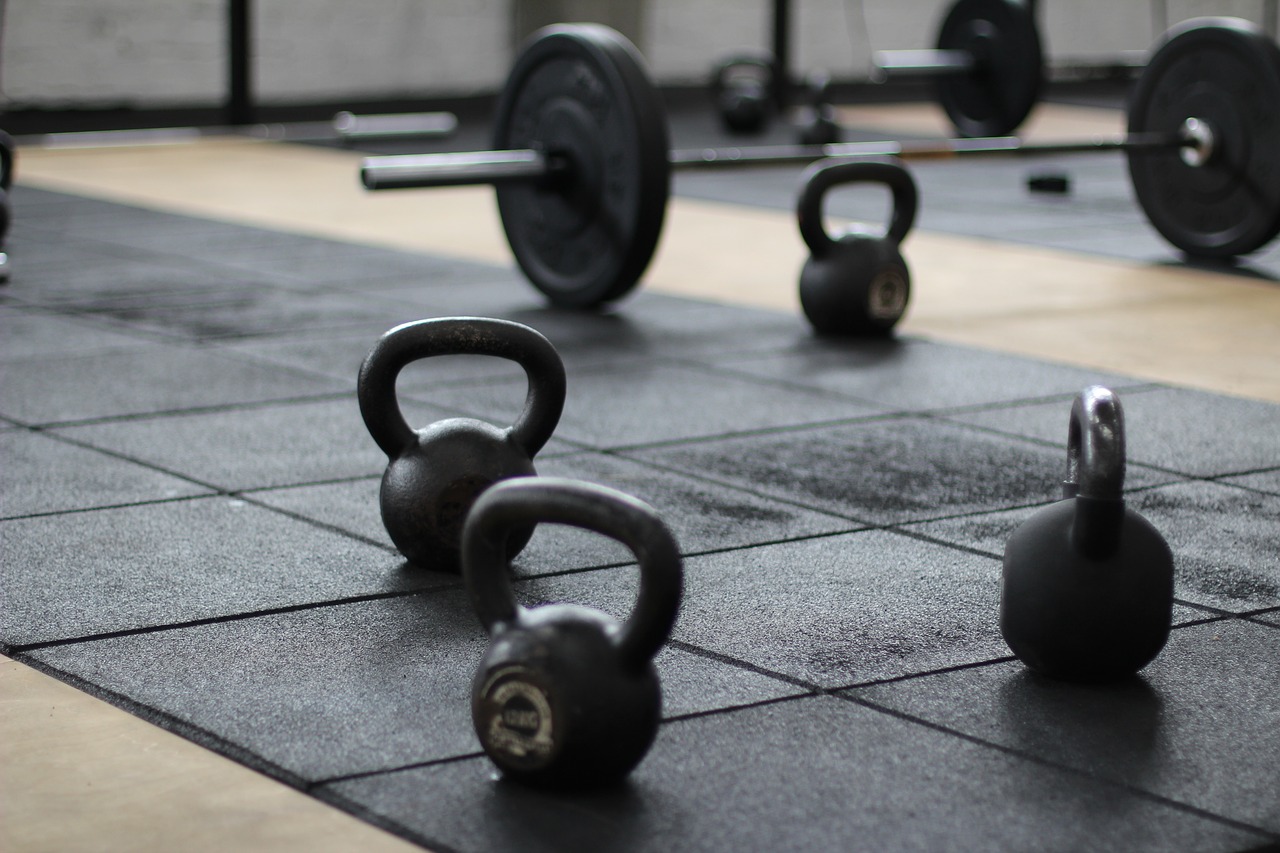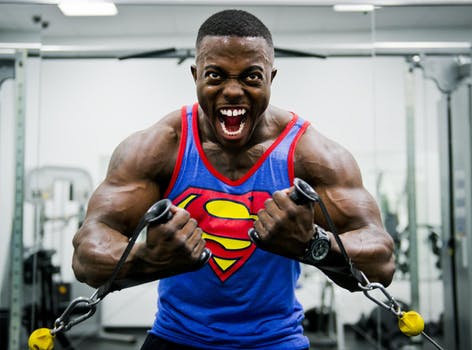Sprinting starts with the feet. When a sprinting athlete lifts their foot, they will “cast” their foot. This refers to dorsiflextion at the ankle and picking up the big toe. During sprinting, the foot makes contact with the ground using the ball of the foot. The athlete then pulls themselves over that foot. They will move into plantarflexion, and then cast the foot again as it breaks contact with the ground.
This is extremely important to teach sprinting athletes. First, this needs to be reinforced with every single drill an athlete does. Unless we’re training the shins or calves, no drill should be done on the toes or on the heels. If we allow athletes to perform the drills badly then this has the potential to carry over to their sprinting. Second, several drills help to teach this skill. The first is ankling, the second are straight leg bounds.
Ankling focuses on the foot action. The athlete stands up tall, keeps the legs pretty straight, and moves from the hips. The athlete takes a step forward with the left foot, taking care to cast the foot and land on the ball of the foot. As the athlete pulls themselves over the front foot, the back ankle moves into plantarflexion. When it breaks contact with the ground it is cast and then moved in front of the athlete. This repeats for the desired distance. This is a great drill to teach the “part” of footwork and sprinting.
Straight leg bounds help to reinforce casting the foot and landing on the ball of the foot. The athlete stands up tall, faces the course, and then keeps the legs straight (moving from the hips). The feet are cast, one foot lands on the ground slightly in front of the center of gravity and pulls the athlete forward. As this happens the other foot moves in front of the athlete. Care needs to be taken to ensure that the athlete is casting the foot and landing on the ball of the foot, when they are tired and sloppy athletes will try to do this drill on their toes or overstride.
Failure to focus on correct footwork results in a number of possibilities. First, the athlete may be running in a heel to toe fashion. This movement slows the athlete down and can lead to hamstring issues. Second, the athlete may be running on their toes, which is inviting shin and ankle issues. Both foot strike patterns will result in a slower athlete that is at increased risk for injuries.




1 thought on “Sprinting Starts with the Feet”
Comments are closed.